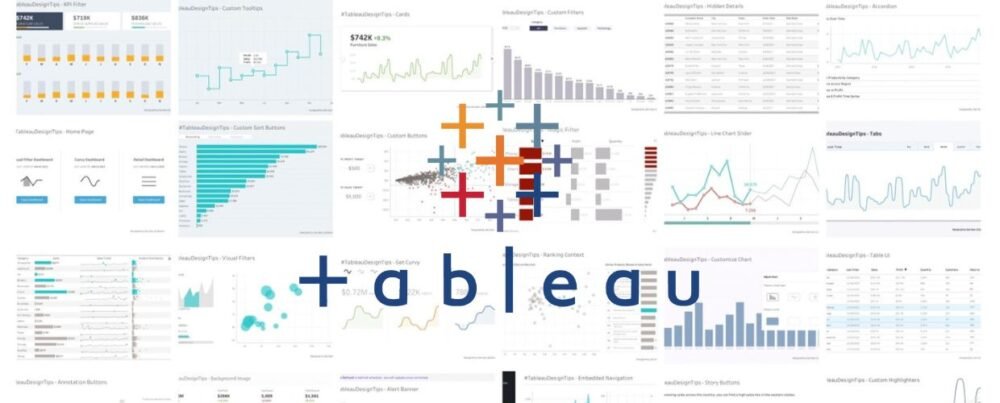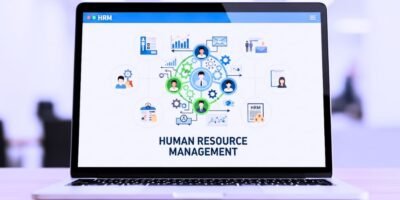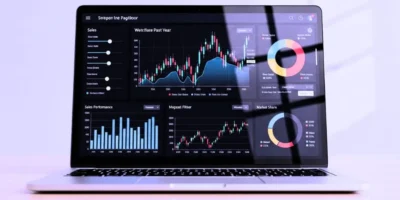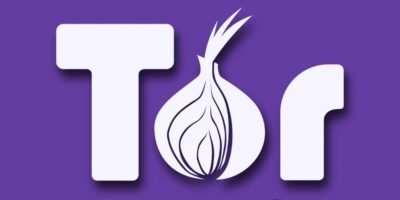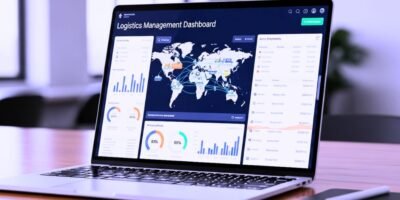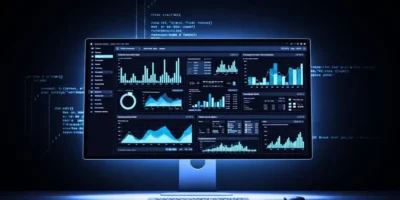Extracting insights from vast amounts of information is crucial for businesses and organizations. This article will explore Tableau’s key features, benefits, and impact in empowering data visualization and driving informed decision-making.
Intuitive Data Visualization
Tableau, a leading data visualization, and business intelligence software, has emerged as a powerful tool for transforming complex data into clear and actionable visualizations. Tableau offers a user-friendly and intuitive interface that enables users to create compelling visualizations without extensive coding or technical expertise.
With drag-and-drop functionality, users can easily import data from various sources, such as spreadsheets, databases, and cloud services, and transform it into interactive visualizations. The software provides a rich library of charts, graphs, maps, and other visual elements, allowing users to represent data visually appealing and meaningfully. Tableau’s intuitive design empowers users to easily explore patterns, uncover trends, and gain insights from complex datasets, making data analysis accessible to users across all levels of technical proficiency.
Recommendations and Ratings
EXPERT RECOMMENDATIONS
Overall
-
Easy-of-Use - 85
-
Feature and Functionality - 90
-
Customer Support - 80
-
Setup and Integration - 80
-
Value of Money - 90
User Review
4.26 (23 votes)Interactive Dashboards and Reports
Tableau’s interactive dashboards and reports serve as dynamic windows into data-driven insights. Users can create customized dashboards that consolidate multiple visualizations into a single view, enabling a holistic understanding of the data. The interactive elements within the dashboards allow users to drill down into specific data points, filter information, and dynamically update visualizations in real-time.
These interactive capabilities facilitate dynamic exploration and analysis, empowering users to make data-driven decisions on the fly. With its interactive reports, users can share their insights with stakeholders, enabling collaborative data analysis and facilitating informed discussions and decision-making.
Data Blending and Integration
One of the key strengths of Tableau is its ability to blend and integrate data from multiple sources. The software supports connectivity to various data platforms, including databases, cloud services, and spreadsheets. By seamlessly integrating data from disparate sources, Tableau provides a unified view of the information, eliminating the need for manual data consolidation and enabling comprehensive analysis.
Its data blending capabilities allow users to combine datasets based on common fields or attributes. This flexibility enables the discovery of valuable insights that may remain hidden when examining data sources in isolation. With Tableau, users can leverage the power of diverse datasets to gain a deeper understanding of their business operations, customer behavior, and market trends.
Advanced Analytics and Predictive Modeling
Beyond data visualization, Tableau offers advanced analytics and predictive modeling capabilities. Users can analyze complex data and uncover meaningful patterns and trends with features like calculated fields, statistical functions, and forecasting tools. These analytical tools empower users beyond simple data representation and delve into the insights that drive business decisions.
Tableau also supports integration with external statistical and machine learning tools, allowing users to leverage advanced algorithms and models within the platform. This integration enables predictive analytics and facilitates data-driven forecasting, empowering businesses to make informed predictions and optimize their strategies.
Collaboration and Sharing
Tableau’s collaborative features make it an ideal tool for teams and organizations. Users can share visualizations, dashboards, and reports with colleagues, clients, and stakeholders. Tableau’s server and online platform enable real-time collaboration, ensuring all team members can access the latest data and insights.
Moreover, its embedded analytics capabilities allow organizations to integrate visualizations and dashboards into other applications, such as customer portals or internal systems. This integration ensures that data insights are readily available to organizational stakeholders, fostering a data-driven culture and enhancing decision-making processes.
Community and Data Literacy
Its impact extends beyond its software capabilities. The Tableau community is a vibrant ecosystem of users, experts, and enthusiasts who actively share knowledge, best practices, and resources. This community-driven approach promotes collaboration, learning, and innovation, continuously enhancing users’ data visualization and analysis skills.
Furthermore, Tableau is committed to promoting data literacy. The software provides intuitive learning resources, training courses, and certifications, empowering users to develop the skills to communicate insights through data visualization effectively. By advocating for data literacy, Tableau contributes to the broader goal of creating a data-literate society where individuals and organizations can harness the power of data for informed decision-making.
Conclusion
Tableau has emerged as a transformative force in data visualization and business intelligence. Its intuitive interface, interactive dashboards, data blending capabilities, advanced analytics tools, and collaborative features empower users to derive actionable insights from complex datasets.
As organizations continue to navigate the data-driven landscape, Tableau remains a valuable asset, enabling businesses to unlock the power of their data, make informed decisions, and drive innovation. By democratizing data visualization and promoting data literacy, Tableau empowers users to become proficient storytellers, effectively communicating insights that propel businesses forward in an increasingly data-centric world.

